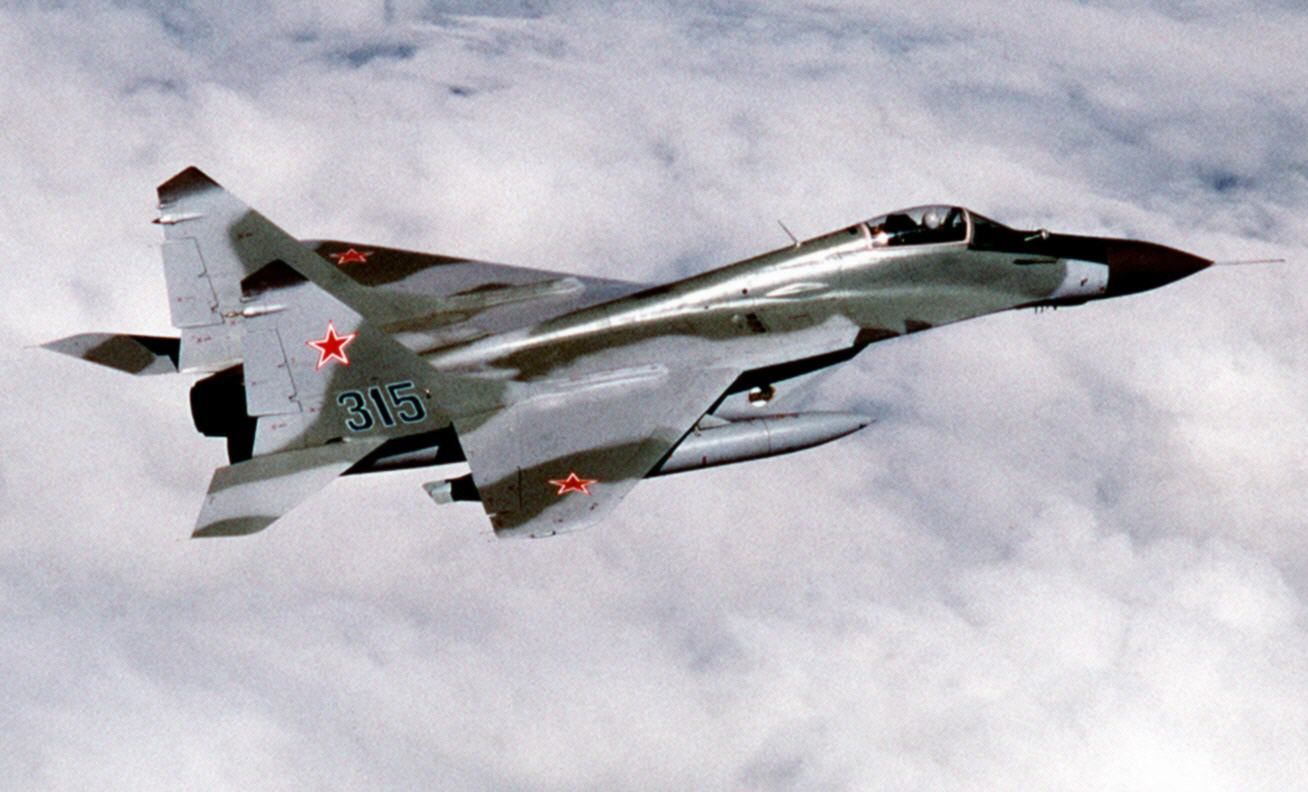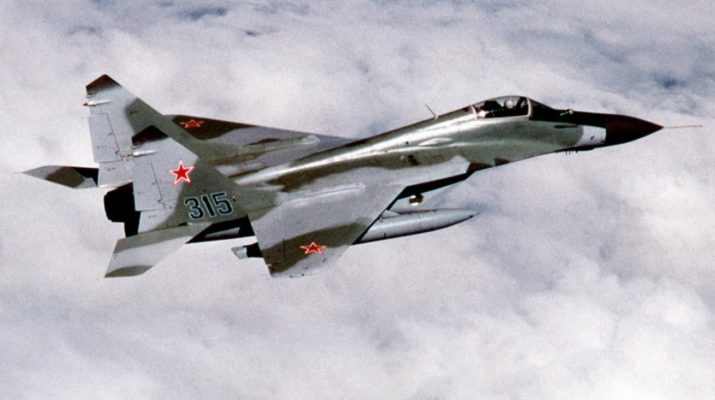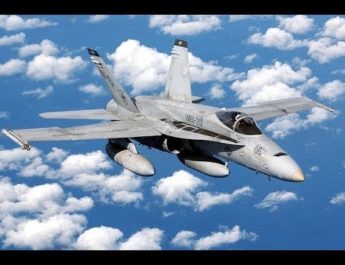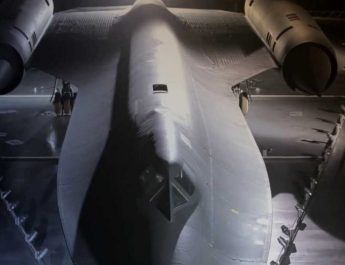One of the greatest combat aircraft of all time, development of the MiG-29 was initiated with the goal of creating a fighter with such exceptional performance, that any western examples would be severely outclassed.
During the new interceptor’s first flight, it proved itself able to combat, if not outperform the F/A-18 Hornet and the equally legendary F-16 Fighting Falcon.
Despite the fall of the USSR, MiG-29s saw no loss in export popularity to many countries in need of good fighters to replace outdated ones or compensate for the lack of pilot ability. Although MiG-29s in reality have never been very effective in air battles, that’s mainly due to poor pilot ability, or as in Iraq’s case, being greatly outnumbered in battle.
The secret to the MiG-29’s success was that it was highly maneuverable and allowed the pilot to use his skill and judgment in battle, a feature not found (or encouraged) in many earlier Soviet types.

Considering the Fulcrum was designed as a lightweight fighter to counter contemporary American lightweight fighters, it would need to possess a modernized cockpit with an HUD (Heads-Up Display), a fly-by-wire system and the ability to engage both air and ground targets (though with a greater focus on air superiority).
It had to be able to outmaneuver the extremely agile American fighters to put itself on an even standing with American technological superiority.
Development was initiated in the early 1970s, but not until seven years later did the first prototype leave the ground on a successful test flight. After several modifications were done on the prototypes to the fins and airframes, the Red Air Force immediately ordered a number of MiG-29 “Fulcrum A” fighters which began to arrive in 1983.
After a period of time in Russian service, it soon became clear that while the Fulcrum was a high performer, it was plagued with technical problems that didn’t hamper the aircrafts effectiveness but caused maintenance expenses to spike.
The initial MiG-29s were known to NATO as “Fulcrum A’s” and no official Soviet suffix was added to their designation. Exported versions of the original MiG-29 were also known as the “Fulcrum A”, but models sent to non-Warsaw Pact countries were substantially downgraded.
The MiG-29 “Fulcrum A” was the most widely produced single-seat version before the fall of the USSR, and all later MiG-29 variants were derivatives of the base “Fulcrum A” model.
The “Fulcrum A” (Russian service version, not the downgraded export model) single-seat light fighter boasted swept wings, dual tails, a streamlined fuselage and dual Klimov RD-33 afterburning thrust turbofan engines putting out 8312 Kg of power each.
The two-piece glass canopy grants the pilot excellent visibility and sits atop a cockpit dominated by dials. Despite not utilizing more advanced TV-screens in place of dials, the cockpit lacks the clutter found on many of its Soviet predecessors.
At the center stood a K-36D ejection, and at the pilot’s disposal was one of the MiG-29’s most revered features, an HUD (Heads-Up-Display) with look-down shoot-down capabilities.
The pilot merely had to look towards his target through helmet mounted sight for the Vympel R-73 and missiles would automatically lock on the enemy aircraft.
Advanced avionics and electronics equipment such as pulse-doppler radar, infrared sensors and N-019 radar ensure the MiG-29 is able to discern events unfolding around it in a combat situation. No less than ten targets may be tracked at a time from over 250 km away.
The MiG-29’s pulse-doppler radar enables them to identify fast moving targets by measuring velocity in relation to the MiG-29’s position.
In a twist of events, if an enemy locks on to a MiG-29 “Fulcrum A” using its own pulse Doppler radar, the MiG-29 is able to climb vertically until it totally runs out of speed and “slip” down the path it took tail first.
It can then right itself with no loss of control, and the maneuver will break the lock of an enemy’s pulse-doppler radar. This is called a tail slide maneuver, and is something almost no fighter other than the Fulcrum can do.
The sloped underside of the MiG-29’s fuselage enhances its maneuverability as well as its large wing and tail-plane surfaces. Under the wings, missiles, drop tanks and even ground-attack munitions such as rockets and cluster bombs may be stored, giving it great versatility.
A single GsH-301 30mm cannon with 150 rounds, AA-8 Aphid, AA-10 Alamo and AA-11 Archer missiles are the standard AAM armament carried on most Fulcrum sorties.





